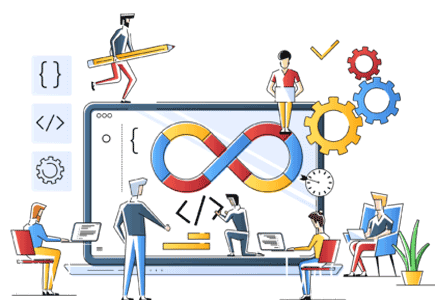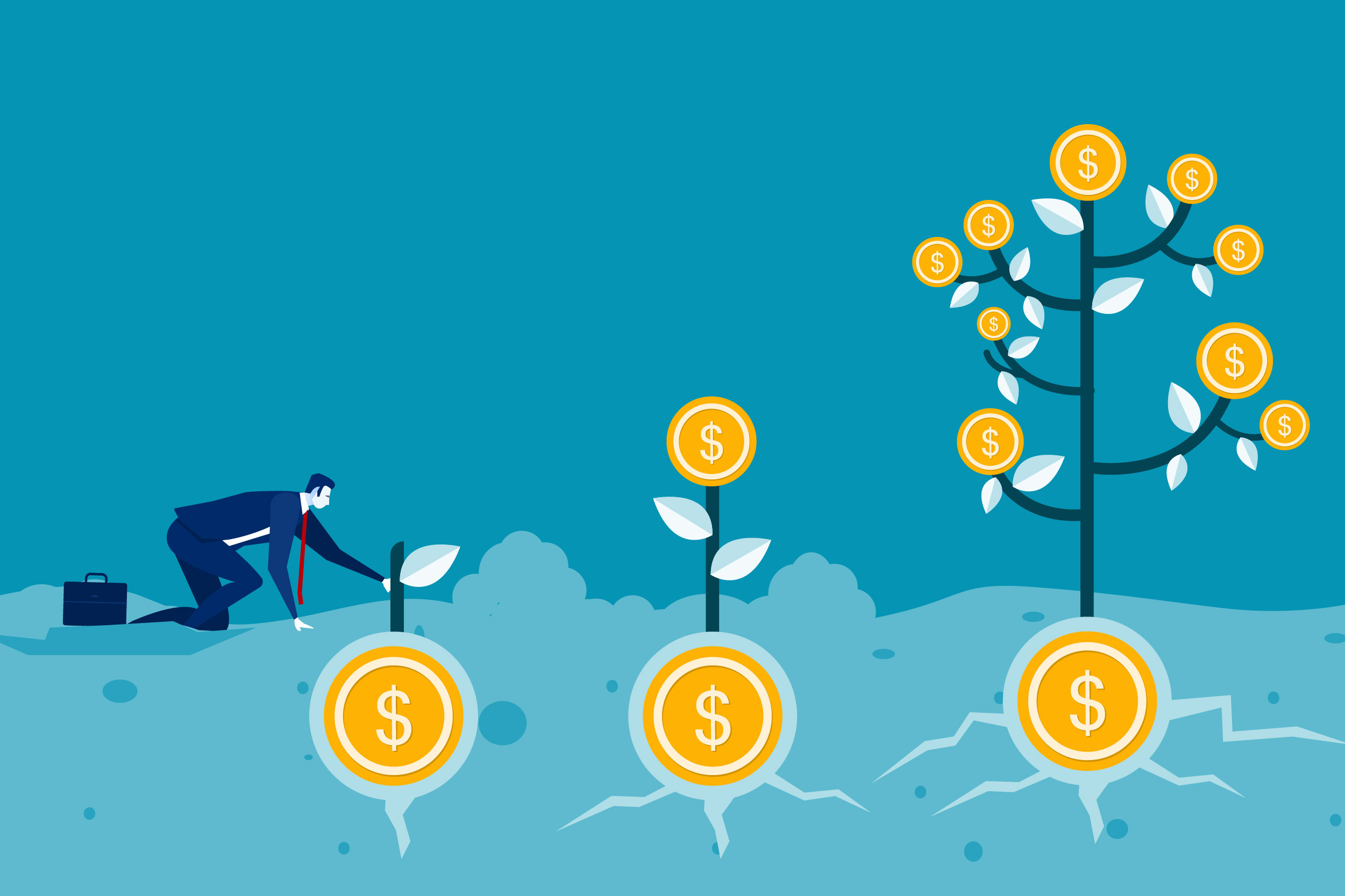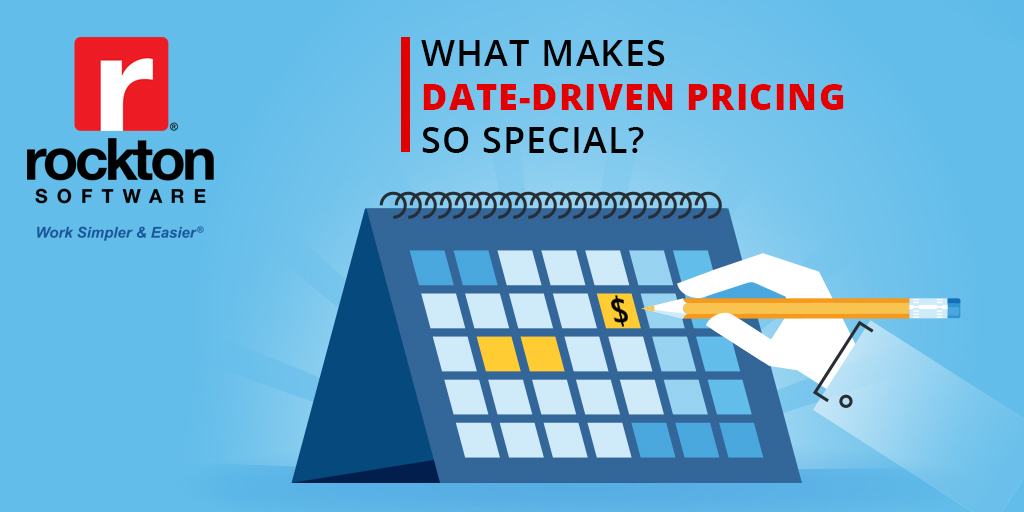What if you were selling a seasonal item, like Halloween candy? Chocolates, lollipops, gummies, and hard candy are stocked and ready for people to buy, all at full price. But what happens when the holiday is over? We’ll show you the how seasonal items as an example moves through the product lifecycle and how a pricing solution like Rockton Pricing Management can help make the move simpler and easier.
What is the Product Lifecycle?
A product lifecycle has four milestones: developmental, growth, maturity, and decline. Sounds like our life, doesn’t it? It’s similar. Product lifecycles are used to make important decisions and strategies on advertising budgets, product prices, and packaging. Some businesses use the product’s location in its lifecycle to determine the price of said item. Using this pricing strategy, businesses have a better understanding how discounts, clearance prices, new versions, and marketing can affect their sales in each phase. With that, the results can enhance customer loyalty, increased profits, and a more reputable brand. But don’t take our word – see for yourself.
Developmental Stage: Every Product Starts Somewhere.
Like a baby, your product has been stewing in the creation stage and is now ready to enter the world. If your idea is completely new and unique, you’ll likely have lower competition, but a slower acceptance. In the developmental stage, new products are priced by value – how much is your customer willing to pay? Pricing too low may communicate a low value to the consumer. Thus, businesses tend to price the new products higher. Some strategize by pricing the new product higher than the old one to convey an increase in value. We wrote a detailed plan for you to set your prices and cover your overhead. Check it out!
Growth Stage: Your New Product is a Celebrity.
New products in this stage are rising up the ranks in popularity. Demand has risen and marketing efforts have made positive results. With that said, competition has also started creeping in. Your item can’t be the only one in the spotlight. To keep up with your competitors, you may consider lowering your price or set a range of prices for the target market. This is where Rockton Pricing Management can help you out! Rockton Pricing Management (aka RPM) allows you to copy existing price sheets and make select changes rather than creating from scratch. If you are pricing based on demand, you can set certain prices for certain customers in RPM. For example, if a customer has been buying your product from the start, you can give them a discount or an incentive to refer a friend automatically inside RPM. Watch how it works here!
Maturity Stage: Where You See the Most Profit.
Your product has been around for a bit now. It’s gained experience, stability, and maturity. This is the stage in the product lifecycle where you see acceptable sales and profits, but also the highest level of competition. Because of this, you may switch your pricing strategy to monitoring the market and altering prices according to competitive behavior. If that’s the case, RPM is there to help test pricing scenarios and check your margins to make sure you continue to make a profit. For some brands, the declination stage is a few short years away, while others, such as Coca-Cola, will maintain its maturity for decades.
Declination Stage: Falling Out of Favor.
This happens when consumer appeal and sales drift downward. Why? It could be a number of reasons – consumers got bored, markets were oversaturated, or a newer, better product was born. However, not every product enters the declination stage in the product lifecycle. Some, like Coca-Cola or Apple, have found the Fountain of Youth.
If you’ve noticed your sales or customers decline, it’s time to end your product’s misery and/or start a new product lifecycle. Discounts can help you get rid of the leftover product while making profit of what’s left if applicable. Rockton Pricing Management can help you set discounts without too much trouble. Don’t believe us – take a look at this! Adding additional features to existing products or offering bundles to get a new item and an older item for a lower price are two ways to help transition out of the declination stage.
Is RPM Right for You?
Whether you’re trying to keep your products alive, just getting started, or looking for a simple solution to pricing, we’re here to help! Take this quiz to determine if Rockton Pricing Management can help streamline your pricing process. Feel free to jump the gun and book a demo or connect RPM to your ERP. (By the way, it works with Dynamics GP and Acumatica.)







